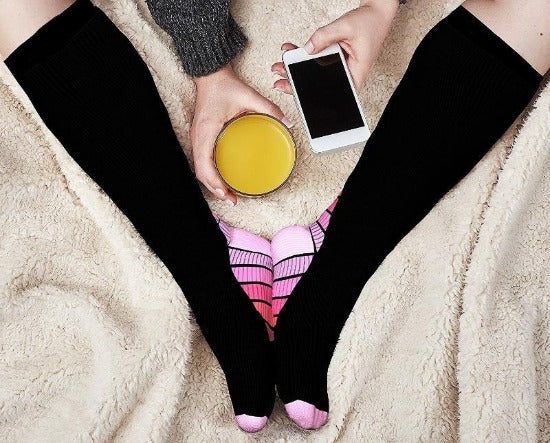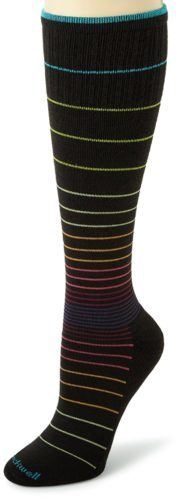

(Those substances can weaken the fiber of the socks, making them less durable look for a neutral pH detergent.) Though Wirecutter’s laundry detergent guide doesn’t cover sock-specific detergents, my personal favorite for de-funking and cleaning well-used socks is Nikwax’s Wool Wash or its companion cleaner for synthetics, BaseWash. “When washing, try to use a neutral product that doesn’t contain acids or alkalis,” says Soichi Hirayama, a product manager with Goldwin, a Japanese sports-clothing manufacturer. Most high-end socks can tolerate washing at high temperatures, though you should always check the manufacturer’s care label.ģ. (Locklear has been described as the “Sock Queen of Alabama” for modernizing her family’s sock business in Fort Payne, Alabama, a town that once was responsible for manufacturing 15 percent of the planet’s sock supply.) Some folks will find that they prefer to use hot water to get their socks as clean as they want, and that’s okay. “We always tell our customers not to use super high heat, which can weaken the fabric and colors,” says Gina Locklear, founder of Zkano Socks. “A lot of debris and dirt gets into those loops,” says Owen Rachembell, a product designer at Vermont’s Darn Tough, manufacturer of our hiking sock pick, which comes with a lifetime guarantee.Ģ. This is true for all socks, but especially for socks with cushioning terry loops inside. We assembled a roundtable of crafters, mending enthusiasts, sock designers, and retailers to find the best tips for maintaining the best socks you’ve ever had.ġ. You can get your money’s worth by helping your socks last longer, and you can fix them when they fail.

Of course, even the best socks will wear out eventually. A really good sock feels almost like a glove for your foot, something that runners and hikers are especially grateful for. I’ve found that a $15 sock really can pay for itself, lasting through many years of use. They can cost $20 or more for a pair, but the argument is that these socks are so well made, so durable, that they’re worth it. For many people, socks are a fairly disposable item-you wear them until they’re not wearable, and then you toss them in the trash.Īt the other end of the spectrum are premium socks.

It’s not hard to see why they’re appealing. You know, the kind you get by the dozen for 10 or 15 bucks.


 0 kommentar(er)
0 kommentar(er)
